The main functions of blood and the composition of human blood
The ancients said that the secret is hidden in the water. Is it so? Let's think. The two most important fluids in the human body are blood and lymph. The composition and functions of the first, we will consider in detail today. People always remember about diseases, their symptoms, the importance of maintaining a healthy lifestyle, but they forget that blood has a huge impact on health. Let's talk in detail about the composition, properties and functions of blood.
Introduction to the topic
To begin with, it is worth deciding what blood is. Generally speaking, this is a special type of connective tissue, which in its essence is a liquid intercellular substance that circulates through the blood vessels, bringing useful substances to each cell of the body. Without blood, a person dies. There are a number of diseases, which we will discuss below, that spoil the properties of the blood, leading to negative or even fatal consequences.
The body of an adult contains approximately four to five liters of blood. It is also believed that the red liquid makes up a third of a person's weight. 60% is plasma and 40% is formed elements.
Compound
The composition of the blood and the functions of the blood are numerous. Let's start with the composition. Plasma and formed elements are the main components.
The formed elements, which will be discussed in detail below, consist of erythrocytes, platelets and leukocytes. What does plasma look like? It resembles an almost transparent liquid with a yellowish tint. Almost 90% of plasma consists of water, but it also contains mineral and organic substances, proteins, fats, glucose, hormones, amino acids, vitamins and a variety of products of the metabolic process.
Blood plasma, the composition and functions of which we are considering, is the necessary environment in which the formed elements exist. Plasma is made up of three main proteins - globulins, albumins and fibrinogen. Interestingly, it even contains gases in a small amount.
red blood cells
The composition of the blood and the functions of the blood cannot be considered without a detailed study of erythrocytes - red cells. Under a microscope, they were found to resemble concave discs in appearance. They do not have nuclei. The cytoplasm contains the protein hemoglobin, which is important for human health. If it is not enough, the person falls ill with anemia. Since hemoglobin is a complex substance, it consists of heme pigment and globin protein. Iron is an important structural element.
Erythrocytes perform the most important function - they carry oxygen and carbon dioxide through the vessels. It is they that nourish the body, help it live and develop, because without air a person dies in a few minutes, and the brain, with insufficient work of red blood cells, can experience oxygen starvation. Although the red cells themselves do not have a nucleus, they still develop from nuclear cells. The latter mature in the red bone marrow. As they mature, red cells lose their nucleus and become shaped elements. Interestingly, the life cycle of red blood cells is about 130 days. After that, they are destroyed in the spleen or liver. Bile pigment is formed from hemoglobin protein.
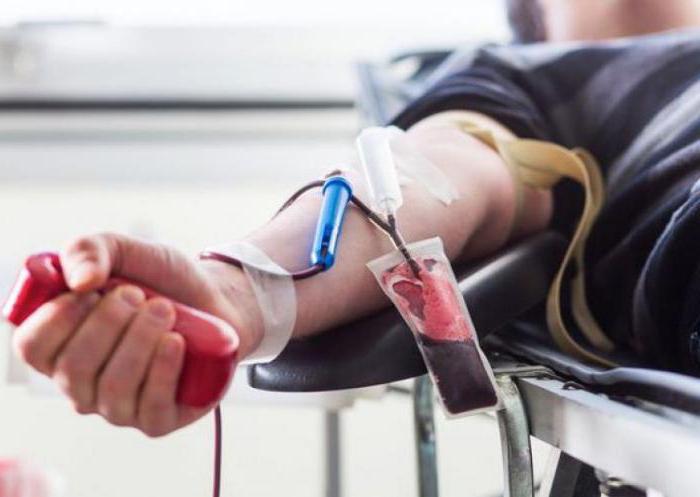
platelets
Platelets have neither color nor nucleus. These are cells of a rounded shape, which outwardly resemble plates. Their main task is to ensure sufficient blood clotting. One liter of human blood can contain from 200 to 400 thousand of these cells. The site of platelet formation is the red bone marrow. Cells are destroyed in case of even the slightest damage to blood vessels.
Leukocytes
Leukocytes also perform important functions, which will be discussed below. First, let's talk about their appearance. Leukocytes are white bodies that do not have a fixed shape. The formation of cells occurs in the spleen, lymph nodes and bone marrow. By the way, leukocytes have nuclei. Their life cycle is much shorter than that of red blood cells. They exist for an average of three days, after which they are destroyed in the spleen.
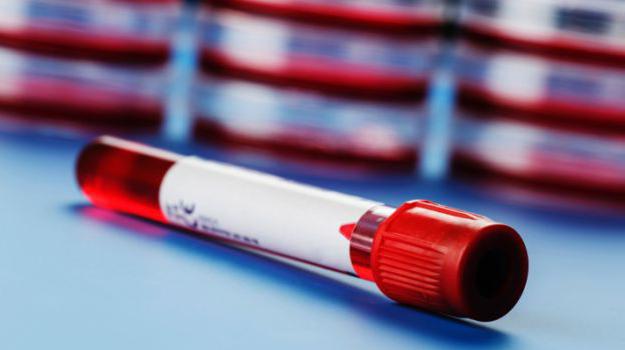
Leukocytes perform a very important function - they protect a person from a variety of bacteria, foreign proteins, etc. Leukocytes can penetrate through thin capillary walls, analyzing the environment in the intercellular space. The fact is that these small bodies are extremely sensitive to various chemical secretions that are formed during the decay of bacteria.
Speaking figuratively and clearly, one can imagine the work of leukocytes as follows: getting into the intercellular space, they analyze the environment and look for bacteria or decay products. Having found a negative factor, leukocytes approach it and absorb it into themselves, that is, they absorb it, then inside the body the harmful substance is split with the help of secreted enzymes.
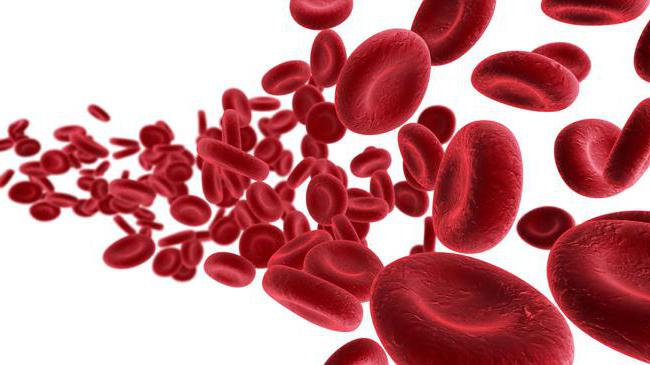
It will be useful to know that these white blood cells have intracellular digestion. At the same time, protecting the body from harmful bacteria, a large number of leukocytes die. Thus, the bacterium is not destroyed and decay products and pus accumulate around it. Over time, new white blood cells absorb it all and digest it. It is interesting that I. Mechnikov was very carried away by this phenomenon, who called the white shaped elements phagocytes, and gave the name phagocytosis to the very process of absorption of harmful bacteria. In a broader sense, this word will be used in the sense of the general defensive reaction of the body.
blood properties
Blood has certain properties. There are three main ones:
- Colloidal, which directly depend on the amount of protein in the plasma. It is known that protein molecules can retain water, therefore, thanks to this property, the liquid composition of the blood is stable.
- Suspension: also associated with the presence of protein and the ratio of albumin and globulins.
- Electrolyte: affect osmotic pressure. Depend on the ratio of anions and cations.
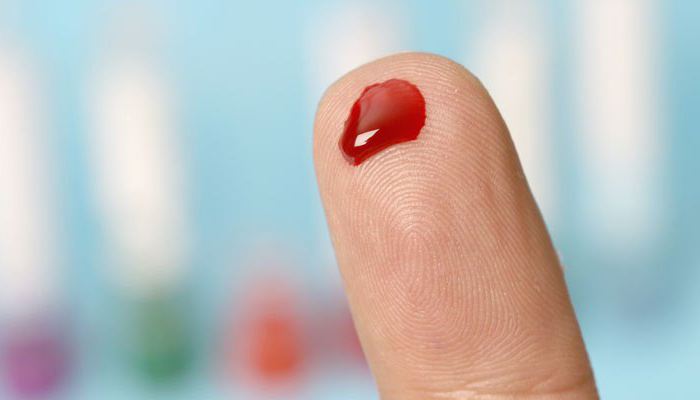
Functions
The work of the human circulatory system is not interrupted even for a minute. In every second of time, blood performs a number of important functions for the body. Which ones? Experts identify four main functions:
- Protective. It is clear that one of the main functions is to protect the body. This happens at the level of cells that repel or destroy foreign or harmful bacteria.
- Homeostatic. The body works properly only in a stable environment, so consistency plays a huge role. Maintaining homeostasis (balance) means controlling the water-electrolyte balance, acid-base balance, etc.
- Mechanical is an important function that ensures the health of organs. It consists in the turgor tension that the organs experience during a rush of blood.
- Transport is another function, which lies in the fact that the body receives everything it needs through the blood. All useful substances that come with food, water, vitamins, injections, etc. do not directly diverge to the organs, but through the blood, which nourishes all body systems equally.
The last function has several sub-functions that are worth considering separately.
Respiratory is that oxygen is transferred from the lungs to the tissues, and carbon dioxide from the tissues to the lungs.
Nutritional subfunction refers to the delivery of nutrients to the tissues.
The excretory subfunction is to transport waste products to the liver and lungs for their further excretion from the body.
No less important is thermoregulation, on which body temperature depends. The regulatory subfunction is to transport hormones - signaling substances that are necessary for all body systems.
The composition of the blood and the functions of the formed elements of the blood determine the health of a person and his well-being. Deficiency or excess of certain substances can lead to mild ailments such as dizziness or to serious illnesses. Blood performs its functions clearly, the main thing is that the products of transportation are useful for the body.
Blood types
The composition, properties and functions of blood, we examined in detail above. Now it's time to talk about blood groups. Belonging to a particular group is determined by a set of specific antigenic properties of red blood cells. Each person has a certain blood type, which does not change throughout life and is innate. The most important grouping is the division into four groups according to the "AB0" system and into two groups according to the Rh factor.
In the modern world, blood transfusion is very often required, which we will discuss below. So, for the success of this process, the blood of the donor and the recipient must match. However, not everything is decided by compatibility, there are interesting exceptions. People with blood type I can be universal donors for people with any blood type. Those with IV blood group are universal recipients.
![]()
It is quite possible to predict the blood type of the future baby. To do this, you need to know the blood group of the parents. A detailed analysis will make it possible to guess the future blood type with a high probability.
Blood transfusion
A blood transfusion may be required for a number of diseases or for large blood loss in case of severe injury. Blood, the structure, composition and functions of which we have examined, is not a universal liquid, therefore it is important to timely transfuse the nominal group that the patient needs. With a large blood loss, internal blood pressure drops and the amount of hemoglobin decreases, and the internal environment ceases to be stable, that is, the body cannot function normally.
The approximate composition of blood and the functions of blood elements were known in antiquity. Then the doctors were also engaged in transfusion, which often saved the life of the patient, but the mortality rate from this method of treatment was incredibly high due to the fact that there was no concept of compatibility of blood groups at that time. However, death could occur not only as a result of this. Sometimes death occurred due to the fact that donor cells stuck together and formed lumps that clogged blood vessels and disrupted blood circulation. This effect of transfusion is called agglutination.
Blood diseases
The composition of the blood, its main functions affect the overall well-being and health. If there are any violations, various diseases can occur. Hematology deals with the study of the clinical picture of diseases, their diagnosis, treatment, pathogenesis, prognosis and prevention. However, blood diseases can also be malignant. Oncohematology is engaged in their study.
One of the most common diseases is anemia, in which case it is necessary to saturate the blood with iron-containing products. Its composition, quantity and functions are affected by this disease. By the way, if the disease is started, you can end up in the hospital. The concept of "anemia" includes a number of clinical syndromes that are associated with a single symptom - a decrease in the amount of hemoglobin in the blood. Very often this occurs against the background of a decrease in the number of red blood cells, but not always. Anemia should not be understood as one disease. Often it is just a symptom of another disease.
Hemolytic anemia is a blood disease in which the body is massive destruction of red blood cells. Hemolytic disease in newborns occurs when there is an incompatibility between mother and child in terms of blood type or Rh factor. In this case, the mother's body perceives the formed elements of the child's blood as foreign agents. For this reason, children most often suffer from jaundice.
Hemophilia is a disease that is manifested by poor blood clotting, which, with minor tissue damage without immediate intervention, can lead to death. The composition of the blood and the functions of the blood may not be the cause of the disease, sometimes it lies in the blood vessels. For example, in hemorrhagic vasculitis, the walls of microvessels are damaged, which causes the formation of microthrombi. This process affects the kidneys and intestines most of all.
animal blood
The composition of the blood and the functions of the blood in animals have their own differences. In invertebrates, the proportion of blood in the total body weight is approximately 20-30%. It is interesting that in vertebrates the same figure reaches only 2-8%. In the world of animals, blood is more diverse than in humans. Separately, it is worth talking about the composition of the blood. The functions of blood are similar, but the composition can be completely different. There is iron-containing blood that flows in the veins of vertebrates. It is red in color, similar to human blood. Iron-containing blood based on hemerythrin is characteristic of worms. Spiders and various cephalopods are naturally rewarded with blood based on hemocyanin, that is, their blood contains not iron, but copper.
Animal blood is used in different ways. National dishes are prepared from it, albumin and medicines are created. However, in many religions it is forbidden to eat the blood of any animal. Because of this, there are certain techniques for slaughtering and preparing animal food.
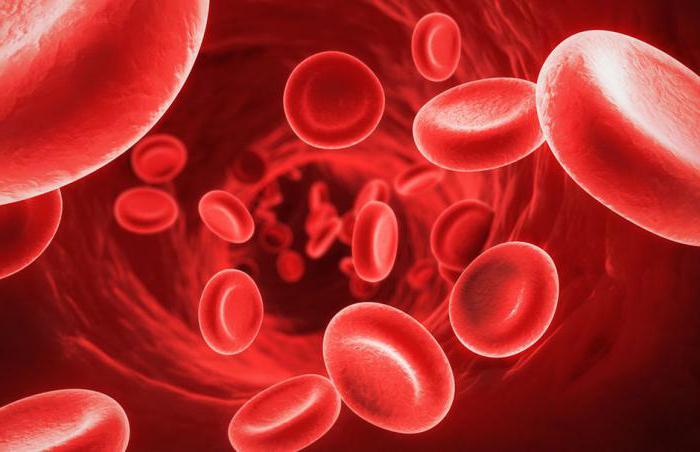
As we have already understood, the most important role in the body is assigned to the blood system. Its composition and functions determine the health of every organ, brain and all other body systems. What should be done to be healthy? It's very simple: think about what substances your blood carries through the body every day. Is it the right healthy food, in which the rules of preparation, proportions, etc. are observed, or is it processed food, food from fast food stores, tasty, but unhealthy food? Pay special attention to the quality of the water you drink. The composition of blood and the functions of blood largely depend on its composition. What is the fact that the plasma itself is 90% water. Blood (composition, functions, metabolism - in the article above) is the most important fluid for the body, remember this.



